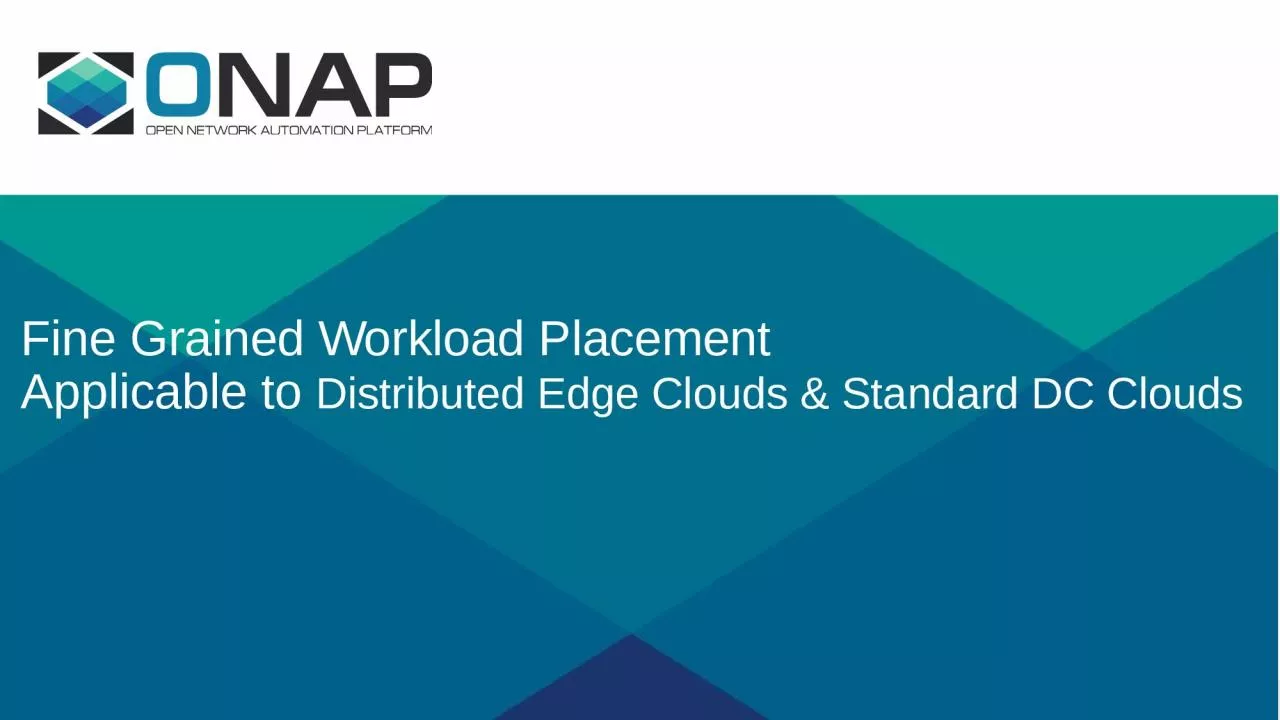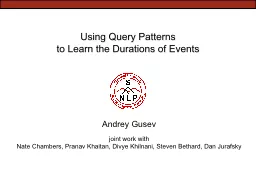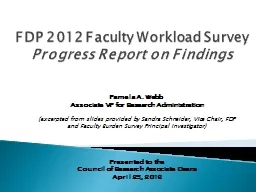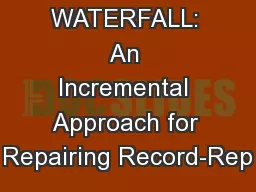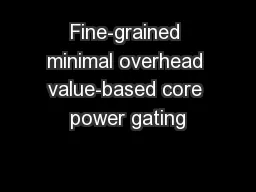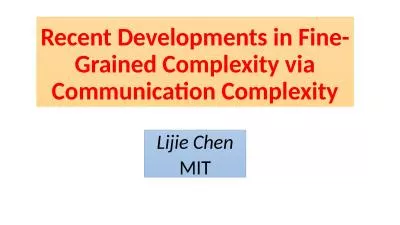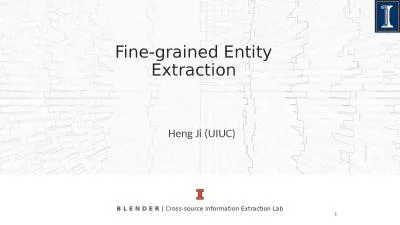PPT-Fine Grained Workload Placement
Author : mackenzie | Published Date : 2023-11-20
Applicable to Distributed Edge Clouds amp Standard DC Clouds 2 Workload Affinity and Antiaffinity Concept Show it in slide show mode Scenario A VNF contains
Presentation Embed Code
Download Presentation
Download Presentation The PPT/PDF document "Fine Grained Workload Placement" is the property of its rightful owner. Permission is granted to download and print the materials on this website for personal, non-commercial use only, and to display it on your personal computer provided you do not modify the materials and that you retain all copyright notices contained in the materials. By downloading content from our website, you accept the terms of this agreement.
Fine Grained Workload Placement: Transcript
Download Rules Of Document
"Fine Grained Workload Placement"The content belongs to its owner. You may download and print it for personal use, without modification, and keep all copyright notices. By downloading, you agree to these terms.
Related Documents

